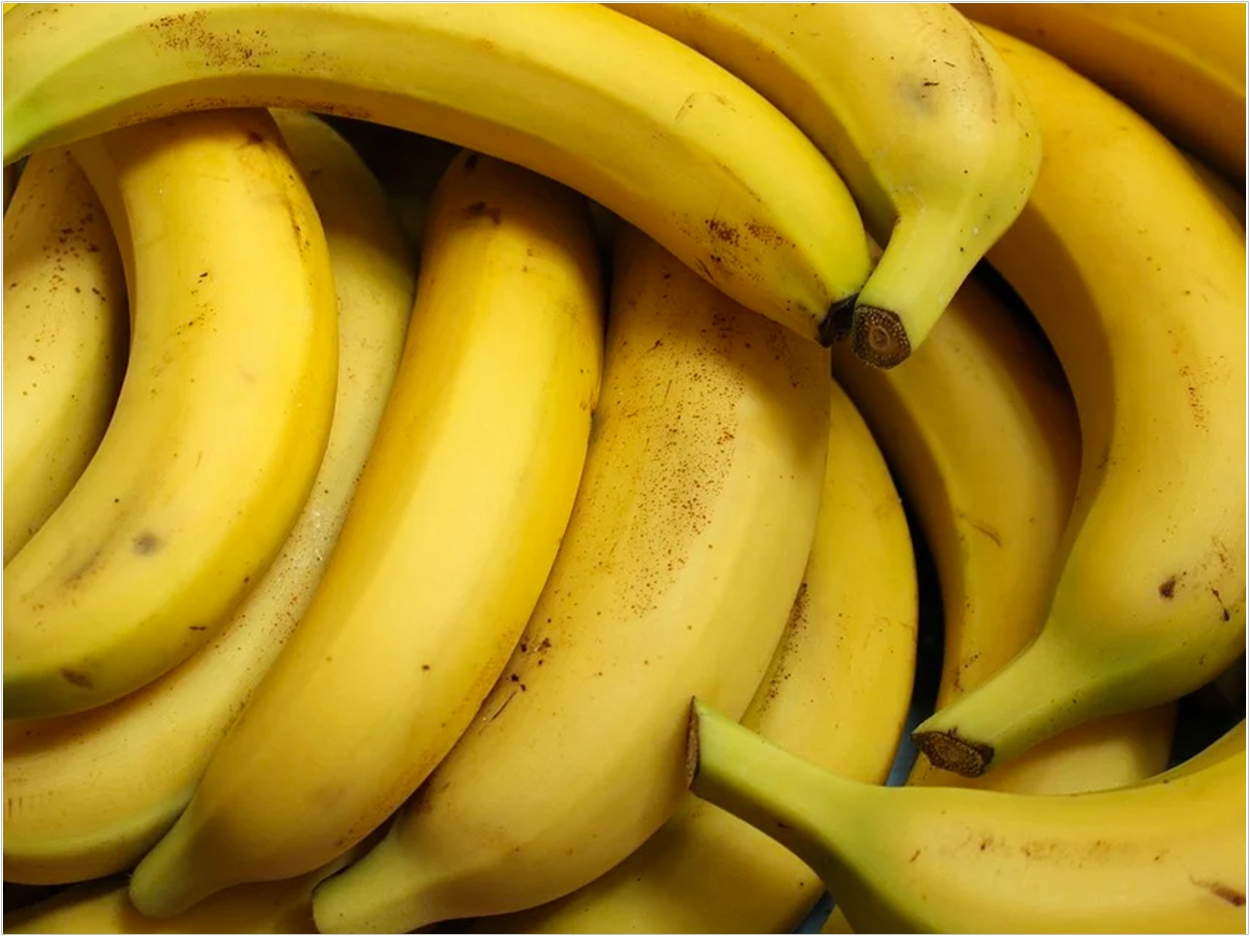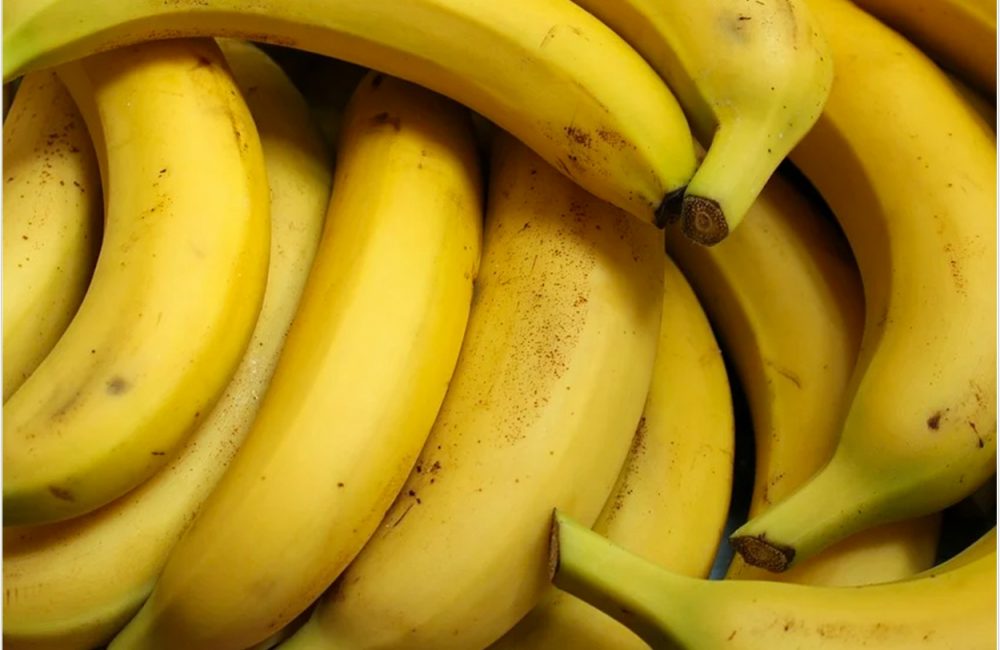
A study of ancient proteins in human plaque has revealed that oriental elements and cooking oils were a part of diets in the Mediterranean around 3,700 years ago, indicating the existence of long-distance trade involving exotic foods such as turmeric or bananas.
“Today’s Mediterranean cooking, including Valencian cooking, is characterized by having been created from cultural exchanges, and we now know it was also this way during the Bronze Age, after this study reveals that globalization affected Mediterranean cooking millennia ago,” said biomolecular archaeologist Domingo C. Salazar Garcia of the University of Valencia.
The study aimed to clarify whether the early globalization of commercial networks during the Bronze Era also affected eating habits. The researchers examined food remains in dental plaque and found evidence that the inhabitants of the Eastern Mediterranean coast already ate turmeric, bananas, and even soy during the Bronze Age and Iron Age.
To analyze the remains, the international team examined the remains of 80 people from the digs of Megiddo and Tell Erani in Israel, sites included in an area considered an exchange path between Egypt, the Mediterranean, and Asia 4,000 years ago.
“The spices, fruits, and exotic oils from Asia thus reached the Mediterranean several centuries, in some cases even millennia, earlier than was thought,” said senior coauthor Philip Stockhammer of the Max Planck Institute for the Science of Human History.
“This is the earliest direct evidence to date of turmeric, bananas, and soy outside South and East Asia,” said co-first author Robert C. Power of Ludwig Maximillian University Munich.
The study also provides direct evidence that even in the second millennium BC, there was a budding long-distance trade of exotic fruits, spices, and oils, which is believed to have connected the south of Asia and the Mediterranean via Mesopotamia and Egypt, the researchers said.
The researchers aimed to learn the eating habits of the population of this area during the Bronze Age by analyzing the traces of food remains, including proteins and micro-remains of plants in human dental calculus.
The human mouth is full of bacteria that constantly petrify and create calculi, the researchers said. During this process, tiny particles of food become trapped and preserved in them, enabling the research.
“We have been fortunate to find people who did not pay much attention to dental hygiene in the past, which today allows us to study their dental calculus,” said Salazar.
The researchers used a paleoproteomic method, or studying ancient proteins, which they hope may become a standard procedure in archaeology.
“Our high-resolution study of ancient proteins and plant residue from the human dental calculus is the first of its type to study the cooking habits of the Near East,” said senior coauthor Christina Warinner of the Max Planck Institute for the Science of Human History.
“Our approach opens new scientific paths,” said doctoral student and co-first author Ashley Scott of the Max Planck Institute for the Science of Human History, because assigning individual protein remains to specific foods is not easy.
“Strangely enough, we found that the proteins associated to allergies seem to be the most stable ones in the human calculus,” said Scott, a finding believed to be due to the thermostability of many allergens.
For example, the researchers were able to detect wheat through the gluten proteins of this food item. Then, they were able to independently confirm the presence of wheat using a plant micro-remain known as a phytolith.
The study, “Exotic Foods Reveal Contact Between South Asia and the Near East During the Second Millennium BCE,” was published by PNAS.
Related Articles
Dental Traits Reveal Genetic Relationships Between Human Beings
Ancient Enamel Reveals Ancestors’ Role in Human Family Tree
Major Life Events Leave Their Mark in Cementum












